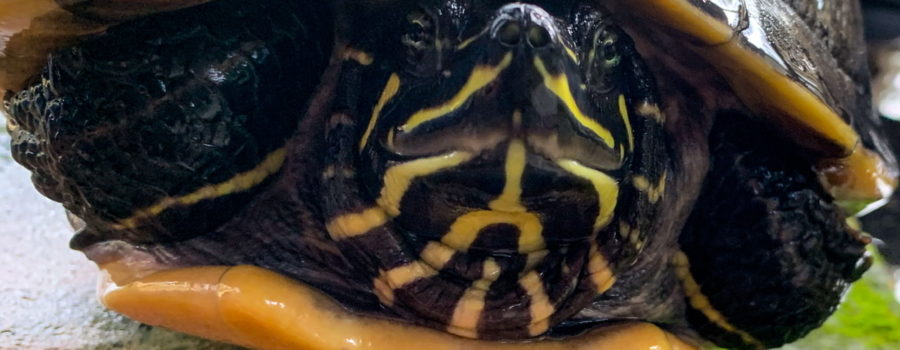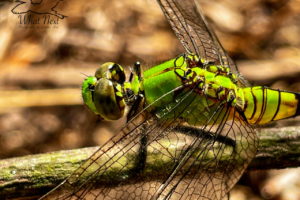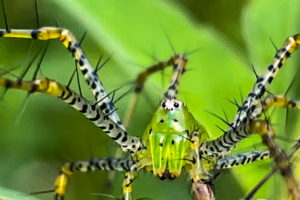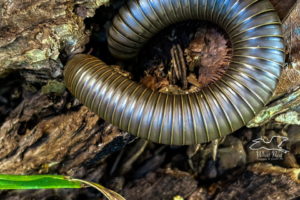Florida Cooters Are Amazing and Well Adapted Turtles

One of the many things that I love about central Florida are the turtles! I have always thought that turtles were incredibly interesting and cool. They have lived and thrived in this world since the time of the dinosaurs without changing a lot, so they must be well adapted. As we discussed in an earlier post, Florida has quite a variety of turtles. One of our most common turtles is the Florida cooter (the name cooter comes from the African word “kuta” which means turtle). The Florida cooter is a subspecies of the river cooter, which is found from Virginia south into central Georgia and west into Texas and Oklahoma. The Florida subspecies is, of course, found only in Florida. One of the things that sets our subspecies apart from other river cooters is it’s ability to live comfortably not only in fresh water, but also in brackish water.

If you have ever gone boating or hiking along a river on a warm Florida day, you have probably seen cooters as well as sliders and painted turtles sunning themselves on logs or rocks. Like other reptiles, cooters are considered “cold blooded” meaning that their body temperature and metabolism depend on the temperature of their environment. Basking is a common method used by many reptiles and amphibians to raise their body temperatures. Because of the need for warmth, cooters are a diurnal species (active during daylight hours). Here in Florida most cooters are active all year long thanks to our warm climate and our spring fed rivers which stay near 72 degrees all year long. When they do hibernate or sleep at night, they tend to hide under aquatic plants and/or burrow into the mud. During those times, their metabolisms drop tremendously and they don’t even breathe. Instead they can absorb the small amounts of oxygen they need from the water.

Even though a lot of you are still dealing with snow and ice, down here spring is definitely getting started. With spring in Florida, comes turtle mating season. As soon as days begin to lengthen and temperatures start to warm up, the cooters, sliders, and other freshwater turtles start their breeding season. The breeding season will last through the early spring with nesting occurring in May and June. The females build their nests in the sandy soil near the river banks and lay 10-25 eggs. They look for mainly open areas where hatchings will have easy access to the water when they leave the nest. The incubation period for the eggs is usually about 90 to 100 days, but can vary based on the temperatures. Eggs have even been known to overwinter in the nest, and hatch the following spring!

Cooters are considered an omnivorous species, although especially as adults they eat mainly aquatic plants and terrestrial plants that grow near the waters edge. They do also eat insects, crustaceans, fish, and carrion. Occasionally, they are even seen hunting small fish and crustaceans. Interestingly, they are unable to swallow when on land, but they will pick up food items on land and take them back to the water to swallow them. They are also known to chew on and ingest small bones as a source of calcium. They actually have a strong beak on the front of the lower jaw and some tooth like projections on the upper jaw that allow them to crunch bones and crush fibrous leaves and stems.

As we can see, these animals are very well adapted to the environment where they live. They have survived and thrived for hundreds of thousands of years, but now in some areas their populations are in trouble. Human beings are responsible for a good deal of habitat loss, and for increasing numbers of boat propeller and automobile deaths. In addition, global warming may have soon have serious effects on all turtle populations, since hatchling sex is determined by temperatures during incubation. Fortunately, in most of their range, cooters are still doing well, but that does not mean that we should take them for granted. We need to value all of our wild species and do as much as possible to protect our rivers (and other habitats) while there is still time.





Recent Comments